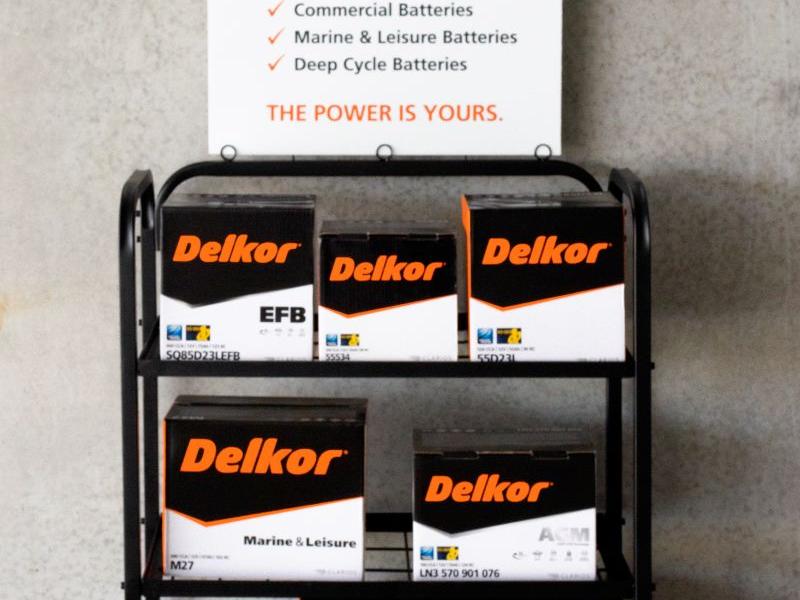Large potholes are a safety hazard, because if drivers do not recognise them in time, they can no longer take evasive action or reduce their speed. There is also a risk of damage to tyres and the suspension system. In the worst case, accidents can happen. Mercedes-Benz is now increasing safety with additional Car-to-X functions.
New C-Class and S-Class models as well as the EQScan detect potholes or speed bumps. If the chassis control unit registers such an event, and the “Car-to-X Communication” service is activated, the information is sent to the Mercedes-Benz Cloud in real time via the mobile phone network, together with positional data. Mercedes-Benz passenger cars in the vicinity are informed, and the events are displayed with icons on the navigation map. About ten seconds before the relevant lane section is reached, an audible warning is given and the icon is visually highlighted.
Mercedes-Benz passenger cars produced from 2016 onwards can receive the warning information. In total, that’s over three million vehicles worldwide. Prerequisites are a Mercedes me account as well as activation and online availability of the “Car-to-X Communication” service. In these vehicles, warnings are given with the familiar voice output “Traffic event ahead”. In the new C-Class, S-Class and EQS, the audible warning is “Look out, pothole!” or “Attention, speed bump”. The new alerts are now available in selected markets worldwide, and in all 36 languages recognised by the infotainment system.
Mercedes-Benz developed the new Car-to-X functions completely in-house. The new pothole detection system was tested at the Immendingen Test and Technology Centre (PTZ), among other locations. More than 30 different test and trial tracks are available there over an area of 520 hectares, including what are known as comfort tracks with bumps and potholes of all kinds.
New-generation C-Class and S-Class models and the EQS can detect potholes when a certain threshold value is reached during sudden suspension compression and rebound, and this also occurs at the rear axle after the front axle with a certain time delay. A similar algorithm is used to detect speed bumps: in this case detection is via the compression and rebound sequence.
Another Car-to-X function from Mercedes-Benz uses the information from Crosswind Assist: If this assistance system becomes active in the event of a strong crosswind and supports the driver with targeted braking or steering interventions, the Mercedes-Benz Cloud is also notified. Drivers following behind can therefore be specifically warned of gusts.
Because the sensors of other cars are also used, the Car-to-X technology significantly expands the coverage of the vehicle’s own sensor technology, e.g. the radar or camera systems. The Car-to-X technology allows a look around the corner, so to speak.
Here is an overview of which Car-to-X warnings are currently sent and received by Mercedes-Benz:
Background: Car-to-X technology at Mercedes-Benz
Mercedes-Benz already introduced mobile networking in 2013, establishing a technology that allows danger warnings to be transmitted and received. Since 2016, Car-to-X Communication has been installed as standard in combination with navigation systems – initially in the E-Class and now in all Mercedes-Benz vehicles.
In order to use the “Car-to-X” service, the customer must have a Mercedes me connect account and have activated the service. Only then are data registered in the vehicle, and the vehicle-related Car-to-X data are sent to the backend, where they are anonymised. The service is available free of charge for the first three years, and can then be renewed on payment of a fee. Mercedes-Benz drivers can easily activate or deactivate the service via the user account in the Mercedes me Portal or in the Mercedes me App. This is where they can also object to the transfer of data.






